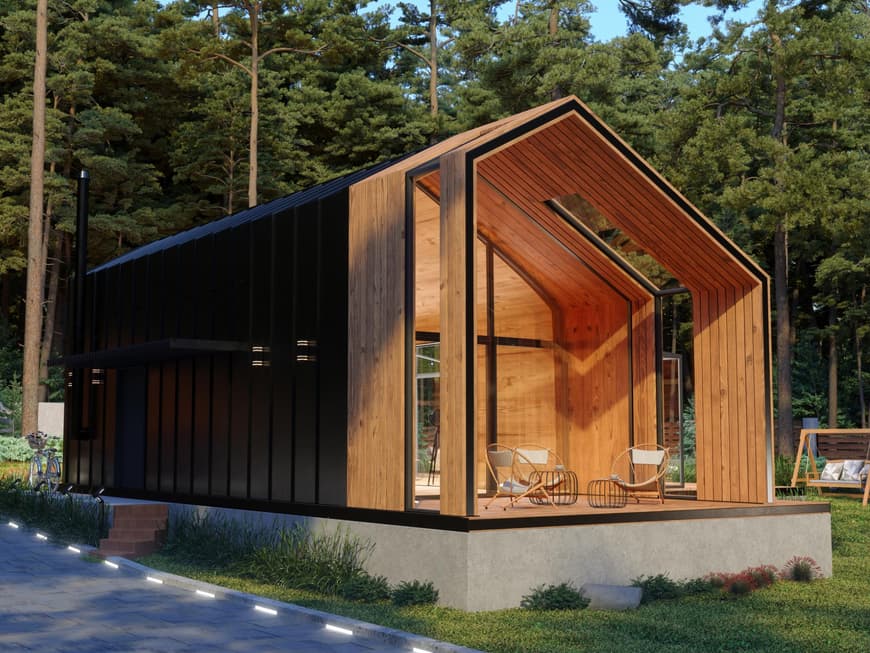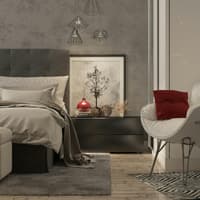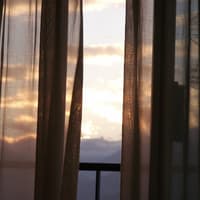
Where can you find inspiration?
To get an idea of how you would like to live, a trip to a model park or a visit to a home exhibition can be helpful. There you can look at different houses and get a feel for modern building and living concepts, such as the current tiny house trend.
Living in a small space: the tiny house
Minimalist living is the current trend. And this can be implemented directly when building a house - with a tiny house. A tiny house is limited to the essentials and yet offers everything you need to live. There is no precise definition of when a house is considered "tiny", but this generally refers to houses that are smaller than 50 square meters.
The advantage is that tiny houses can be bought at a reasonable price - either as a mobile house on wheels, a modular house or a typical mini-house. In addition, hardly any building land is required, which means that much less natural land is sealed. Another advantage: fewer resources are required. It is important to create an intelligent living concept inside and to accommodate all the necessary functions in a minimum of space. However, these mini houses are less suitable for families and are not barrier-free.
House from the 3D printer
What sounds like a dream of the future is actually already possible today: as a contrast to the classic construction method, 3D houses are now also available. The lack of skilled tradespeople and long construction times have provided the impetus. There is already a 3D house in Beckum, Westphalia. It took just 100 hours to build the 160 square meter house. It takes around five months to build a conventional house.
The topic of house construction is still new, which is why intensive project planning is necessary. The future house is first created as a digital model on the computer. The 3D printer then takes over the construction by spraying fine lines of concrete onto a floor slab and building the exterior and interior walls layer by layer. At the moment, this construction method is 10 to 15 percent more expensive than a traditional house. In the long term, however, the 3D house should be significantly cheaper to buy than a house of classic construction.
Living on one level: the bungalow
Even though there are now many different variants, a bungalow traditionally consists of just one level. The detached single-family home is usually built with a flat roof or a low pitched roof. The open floor plan is also typical.
While some people prefer an open-plan kitchen/living room, others may prefer a spacious living room. Both are possible, as you can have an individual bungalow built by various prefabricated house providers. The basic idea is still that the entire living space is at ground level. This makes it possible to live in a bungalow with low or no barriers. The construction time for a bungalow is usually shorter than for a multi-storey house. Because the roof and exterior wall area is larger, you can definitely consider installing a solar system.
Sustainable living concept: the log home
Natural living is currently very much in vogue. It is typical of this living trend to bring as many facets of nature into your own home as possible. Wood is considered an indispensable basic material and can already be used when building a house - with a log cabin. This is a building that is constructed from whole logs. This gives log houses an incomparably rustic charm.
In order for the construction method to be classified as sustainable, the wood used for construction should come from the region. Many suppliers use fir or spruce wood for the production of log houses. Supporters of this construction method are particularly impressed by the excellent living comfort: pollutants and odors can be absorbed by the wood used. This also applies to excess moisture, which reduces the risk of mold. The very good insulation values and long service life are also worth mentioning.







